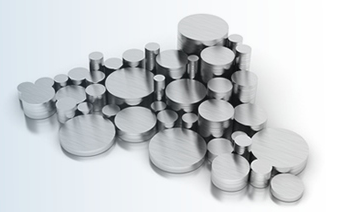How Do You Choose the Correct Stainless Steel?
For those who have a need for such things, the choice of steel grades available is close to dizzying. You could spend years comparing and contrasting all of the different grades and compositions, but thankfully there are times when the final usage of the steel guides you away from unsuitable materials and closer to the right choice.
Even when you’ve managed to narrow it down to a specific group of steels, such as stainless steel, there are still a great number of individual types that have different compositions and characteristics, tweaking each one to slightly different specifications.
Knowing what you want your steel to do, however, can further cut down the array of stainless steel options. The overriding characteristic of all stainless steel is that it can resist levels of corrosion in conditions that would weaken or destroy other steels in a much shorter space of time. Whereas it’s possible to treat some metals to help them more resilient to oxidisation, such as galvanising the outer layer of metal with a less reactive coating of zinc, stainless steel has a much thicker and stronger protective layer within the metal itself.

If you need a very strong stainless steel, then you’ll require a grade which is contains more carbon. Martensitic stainless steels with higher carbon content are stronger, but the pay off is that the metal produces more chromium carbides, which affect the passive film quality and reduces the corrosion resisting qualities of the final material.
Stainless steel could also suffer in the presence of certain gases, where the danger is from reducing rather than oxidising conditions and if there’s no oxygen, then the repair to scratches on the surface cannot take place. If your use of stainless steel is going to be in such conditions, it’s worth bearing in mind the specific weaknesses of individual grades, rather than the generic strengths.
Interestingly, stainless steels tend not to be affected by electrolytic corrosion when they come into contact with other dissimilar metals; in such cases they normally take on the role of being the negative exit cathode, rather than the anode, which is the destructive terminal. There are many uses where destruction occurs due to reactions between materials, but stainless steel can protect itself.
There are many uses for steel, but it’s important that you use the one designed and tailored to the final purpose. It’s important that you take into account the strength you require from your steel, the conditions it will be used in and the stresses and strains it will experience. Ultimately, from a holistic point of view, the final quality of the finished component relies heavily on choosing the correct grade of steel, but there are more than enough options to make sure you always choose the best fit for your needs.
